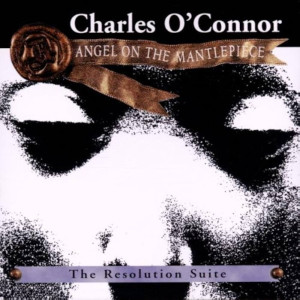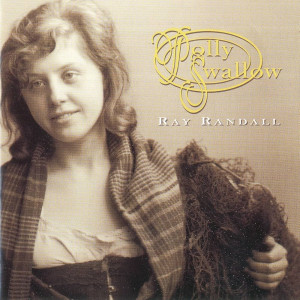 Chuck Lipsig wrote this review.
Chuck Lipsig wrote this review.
Whitby is a small English port on the North Sea with a long history, dating back to the seventh century. Its famous sons include explorer James Cook and 19th century photographer Frank Meadows Sutcliffe. It served as the inspiration for Bram Stoker’s Dracula. Likewise it has served as inspiration for two albums: Angel on the Mantlepiece, and Ray Randall’s Polly Swallow.
Of these two recordings, the instrumental Angel on the Mantlepiece is the better. The Resolution was a Whitby-built ship that served as the flagship of historic explorer Captain Cook, during his second and third voyages. With a mixture mainly of folk and new age elements with many other styles from calypso to rock to country, thrown in, O’Connor and company successfully invoke images of oceans, their ports and people. The best tracks include “Ocean of Storms,” both the first and last track of this recording, which eerily imitates approaching storms. Also strong is the upbeat, almost dancehall tune, “Bottom Buttons” and the lullaby-like  “Chocolate Cats.” The only weak song is the muzak-like attempt at a calypso of “The Grand Tour.”
“Chocolate Cats.” The only weak song is the muzak-like attempt at a calypso of “The Grand Tour.”
Three of the musicians from Angel on the Mantlepiece, including Charles O’Connor, back up Ray Randall’s invocation of Whitby. Polly Swallow is a young woman of Whitby, whom Randall has apparently fallen in love with, who appears in an 1889 photograph taken by noted photographer Frank Meadows Sutcliffe. About half of the songs, which range from traditional folk to soft-rock, are love songs to Polly. Some of them, especially the energetic first track, “1889” are very good. Others, such as “Down at the Quayside” are sappy and maudlin. It is not hard to understand how Polly Swallow’s photo could inspire a songwriter. The results, though, are uneven and after a while one song about Polly blends in with the next. Of the tracks that may not have to do with Polly, the instrumental hornpipe-like “Blue Daylight,” stands out as superb.
(Ritual Release, 1996)
(Rodant Records, 1998)
